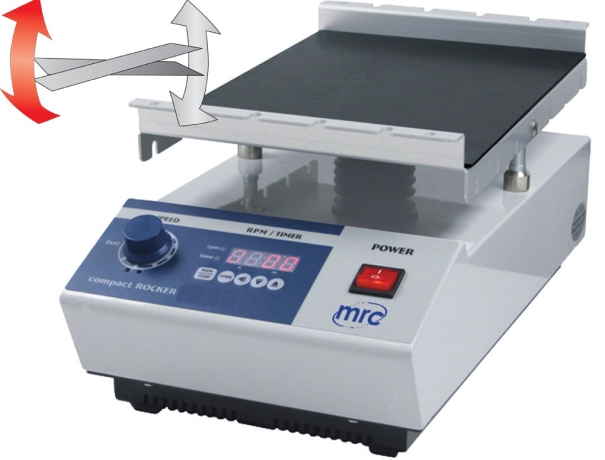The main purpose of rockers is when swaying back and forth, they can mix gently. The same range of blot trays, tubes as well as plates can all be accommodated. They provide low-level agitation as this is their main purpose. For example, it is not ideal to disrupt the tissue when chemically fixing tissues for incubation. When carrying out blotting applications rocker shaker can be of great use. There needs to be careful handling when dealing with fragile membranes, especially for western blot protein analysis. There is less kinetic energy in the rocking motion most especially when blocking membranes. This sort of activity allows your blot to function effectively.
Applications of Laboratory Rocker Shakers
Molecular Biology Experiments
In tasks like DNA extraction and enzyme reactions, controlled agitation is crucial for optimal results.
Cell Culture Maintenance
Rocker shakers maintain cells in suspension, providing the gentle motion needed for proper nutrient distribution.
Western Blot Processing
These devices ensure even coverage of reagents during blotting processes, improving the clarity of results.

Before Purchase
Speed Control
Choose a model with variable speed options to cater to diverse experimental needs.
Platform Design
Ensure the platform is compatible with the types of containers you use, such as flasks or plates.
Load Capacity
Check the weight capacity to avoid overloading, which could damage the equipment.
Noise Level
For labs requiring a quiet environment, select a model known for minimal noise.
Advantages of Using Laboratory Rocker Shakers
Enhanced Reproducibility
Achieve consistent results by minimizing manual variability.
Hands-Free Operation
Once set, these machines work autonomously, allowing researchers to focus on other tasks.
Time-Saving Benefits
Automation reduces the time spent on repetitive tasks, boosting overall efficiency.